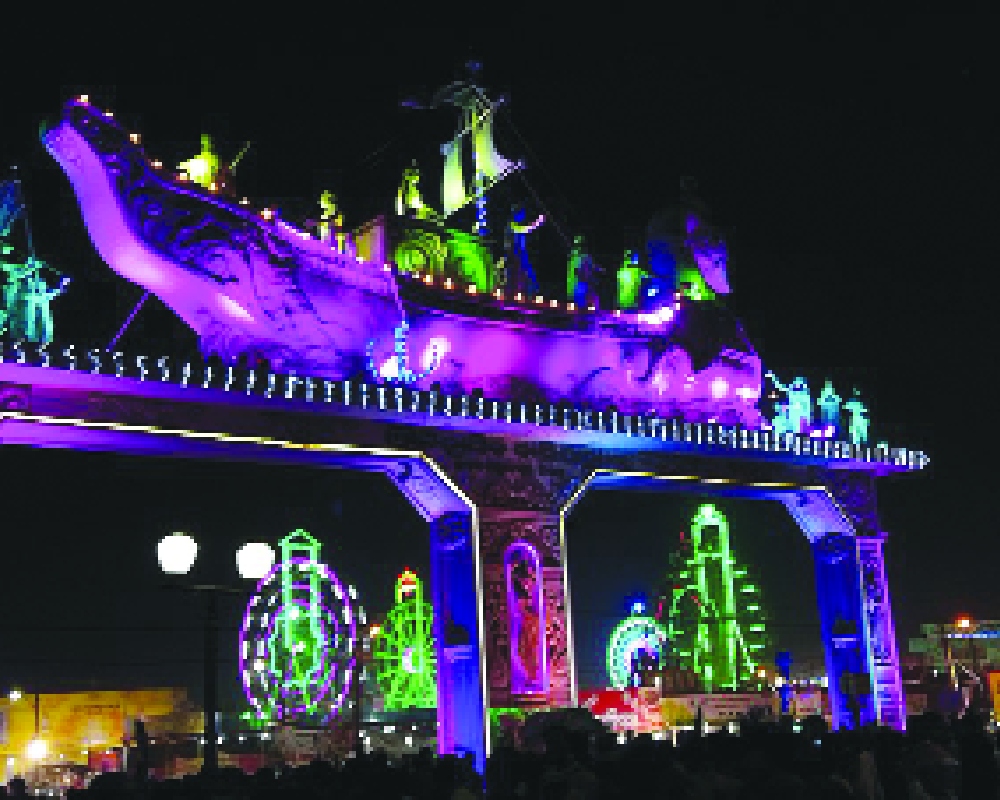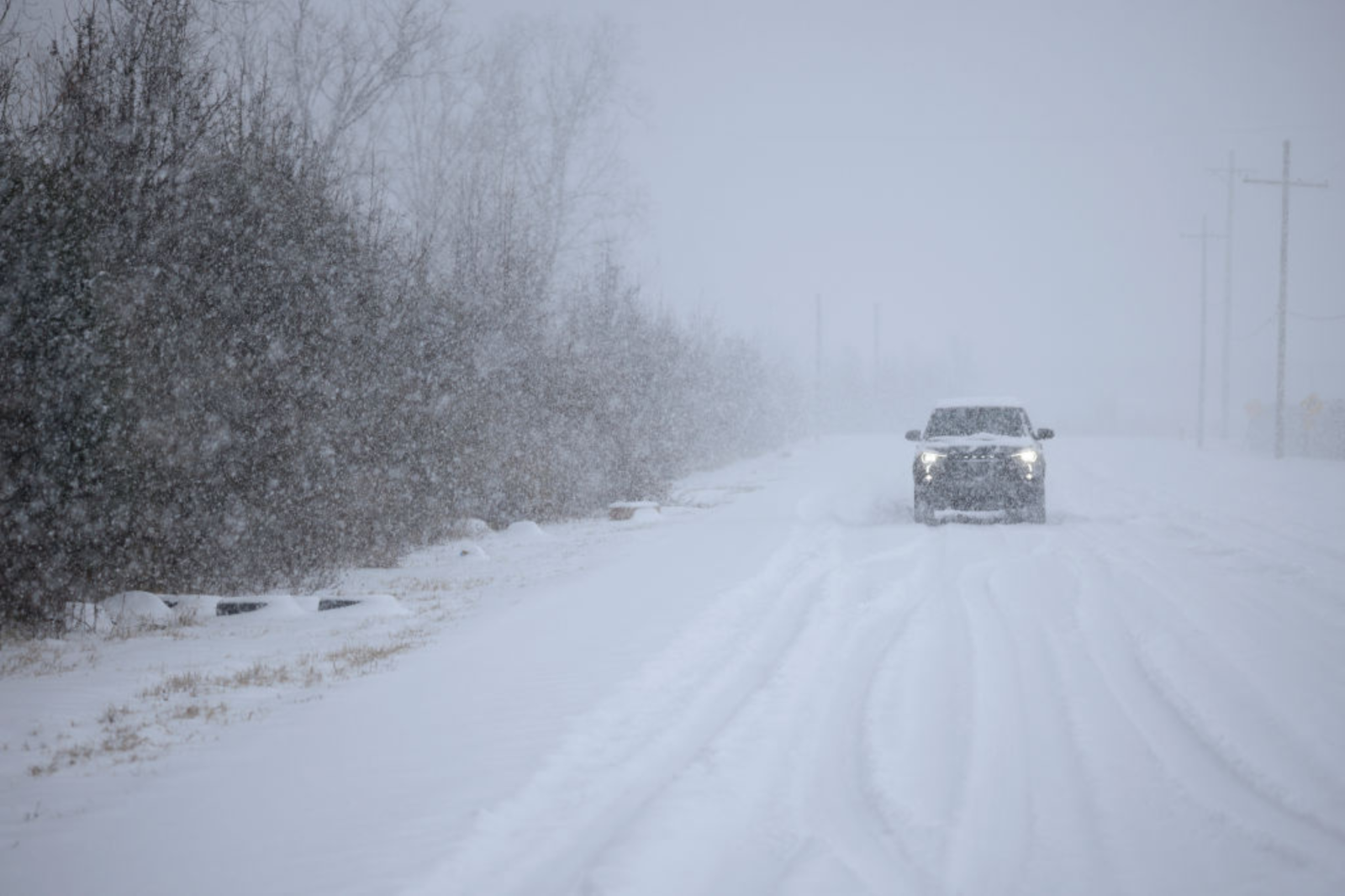Copyright dailypioneer

Mahendra Pallava, whose reign lasted for decades in the first half of the seventh century, was the third monarch of the great Pallava Dynasty, which ruled much of South India until the ninth century. He was arguably one of the most creative of the Pallava kings, and held several titles that translated into “curious-minded,” “tiger among painters,” and “charming offspring.” He was eccentric and idiosyncratic, but a genius and true polymath. In his new book, The Golden Road, William Darlymple traces the history of the Indian seafarers, who spread the Indian thought, ethos, and religion across half the world, and most prominently in Southeast Asia. The Pallava rulers, and later the Chola emperors, are famous during that era. But before them, some 1,500-2,000 years before, there was an event called the Bali Jatra, which was initiated by the seafarers from Odisha, who was called the Kalinga. Yesterday was the last day of the modern Bali Jatra, a celebration of those good times when seafarers, sailors, merchants, traders, religious people, conquerors, religious converters traveled from Odisha to Sri Lanka, and far beyond to Southeast Asia. The travel started after the monsoons, and after the now-called Kharif harvest for obvious reasons. It is this celebration of an ancient route of trade and commerce, cultural and religious ties that still hold good today. In the past, Indian traders with their art, commerce, jewels, spices, silks, and the ability to profit mutually were skillful and courageous adventurers. Anyone who has been to Cambodia, and famous islands of Java, Bali and Sumatra know the spread of Indian and Hindu traditions. The name, Bali Jatra, emanates from the links with the region. That era, of course, is gone. Islamic influence, through trade and other means, converted Southeast Asian countries like Indonesia and Malaysia. But the cultural ties with India, and those of trade and commerce, live on, albeit not as actively as in the past. So, what about contemporary India and Southeast Asia? Well, India has lost its influence, power, and ability to influence others. Faced with external invasions, the country went into a shell, and its seafaring, trade, and commerce heritage was somewhat lost. But the path of revival is on. Today, the ties between India and the Southeast Asian nations are marked by an alliance with ASEAN, which was founded sometime in the 1960s by five prominent Southeast Asian nations, including Indonesia and Malaysia. The members have increased, and the forum forms a critical part of the India-Pacific region, through which 40 per cent of the global trade moves. Quite naturally, when PV Narasimha Rao, the then prime minister liberalised economic policies, and wanted India to globalise as fast as possible, he adopted a policy called ‘Look East.’ The primary target, of course, was Southeast Asia, and three decades later, it is the ASEAN region. However, the most important, and valuable trading partner for the ASEAN block is China. They have a combined trade of more than $800 billion with most of the surplus naturally going the China way. The US is a massive trade partner with ASEAN nations clocking up a huge trade surplus. Japan is a key trading partner, and the European Union is possibly the third largest trading partner of the ASEAN nations, after China and the US. India possibly ranks fourth, and is clearly not irrelevant in the scheme of trade. But there is an irony. ASEAN runs a surplus with the European Union and the US, as well as one with Japan. Of course, there is a large trade deficit with China. Given India's current economic status, it should rack up a surplus with ASEAN. Sadly, this is not the case, as India does not have enough products and services to sell. But given the past, and the potential and possibilities in the present, India needs to find new markets, and produce goods that it can export to the ASEAN region. As Dalrymple argues in his book, the traditional narrative of the Silk Route, both towards the west and east, “often exaggerates the importance of the overland route between China and Rome.” The real key was with the sea routes, which were crucial to maintain the east-west flow of goods. This was helpful to channel ideas, thoughts, and religions. India was at the centre of this maritime trade, and benefited from the two-way exchange, borrowing and disseminating products and ideologies in both directions. In fact, India was a primary source of knowledge related to math, and astronomy, which moved to the Arab world, and then to Europe. On top of this silk was never the main traded item. Some analyses show that the value of Indian pepper, spices, ivory, cotton, gems, teak, and sandalwood exceeded the value of silk. In 408 CE, when Rome was held to ransom, the demand was not for silk, but 3,000 pounds of Indian black pepper, apart from the usual 5,000 pounds of gold. Black pepper was, therefore, equated with precious metals. Thus, the Silk Road, or Silk Route, is an obfuscation of the actual trade that happened across the route. It is a misnomer, which tends to highlight the Chinese contributions, and downgrade India’s. Indeed, even China was not the focal point. Rome and China rarely interacted directly, and that too as the exotic others. The few Chinese goods that reached Rome were luxurious supplements, as the two grand empires kept aloof from each other, and vaguely aware of the other. Rome felt that it was the centre of the world, and did not need anyone else. China felt the same, and treated outsiders as savages. Ironically, the best place to buy silk, according to some sources, was Gujarat in India. Thus, India was a prominent link-supplier on both the overland and sea routes. It can revive the past now. Ships, rather than caravans, were the fastest, most economical, and safest routes. The land routes were invariably the targets of ambushes, toll charges on the way, bribes, and cultural misfits. One was never sure how the Kings, rulers, and emperors on the route would behave over time, as alliances, and territories changed rapidly. In comparison, ships could carry more tonnage, travel quickly, and “sail around wars, instability, and ambushes.” Dalrymple makes a convincing case that India was the “cultural and intellectual centre of Asia,” as well as that of the Buddhist world. It was a confident exporter of both goods and ideas, and it needs to recapture the times. The author has worked for leading media houses, authored two books, and is now Executive Director, C Voter Foundation; views are personal



